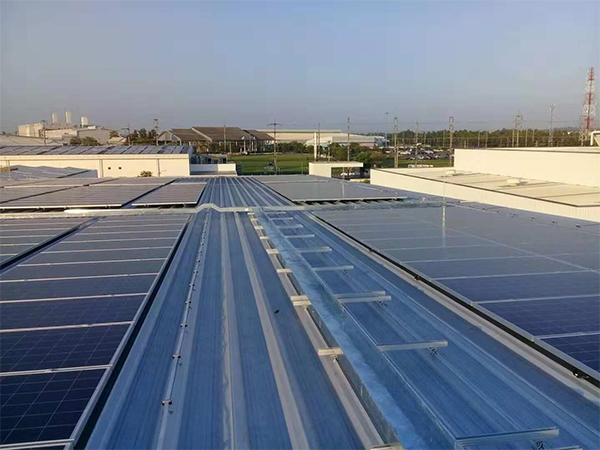In the ever-evolving world of renewable energy, the roof solar mounting system has emerged as a game-changer. We’re about to embark on a journey that explores the fascinating realm of rooftop solar mounting systems. So, grab your metaphorical toolbelt, and let’s dive into the nuts and bolts of this remarkable technology.
Types of Solar Mounting Systems
Solar mounting systems come in various flavors, each tailored to specific needs. There are three primary types:
Fixed Tilt Mounts: These are stationary, non-adjustable mounts that are tilted at a fixed angle. They are simple, cost-effective, and ideal for locations with consistent sun exposure.
Adjustable Tilt Mounts: These mounts allow you to change the tilt angle to optimize solar panel efficiency. They’re a great choice for regions with seasonal variations in the sun’s path.
Tracking Mounts: These advanced systems track the sun’s movement throughout the day, following it from sunrise to sunset. While they’re the most efficient, they’re also the most expensive.
Advantages of Rooftop Solar Installation
Space Efficiency: Rooftops are often underutilized spaces, making them perfect for solar installations.
Reduced Energy Bills: Solar panels can significantly lower your electricity costs.
Environmental Benefits: By using solar energy, you reduce your carbon footprint and help combat climate change.
Key Components of a Solar Mounting System
A solar mounting system consists of several components, each playing a vital role:
Racking/Support Structure: This is the frame that holds the solar panels in place.
Solar Panels: These are the heart of the system, converting sunlight into electricity.
Inverters: They convert the DC power generated by the panels into usable AC power.
Wiring and Cables: These components connect everything together, allowing the system to function smoothly.

